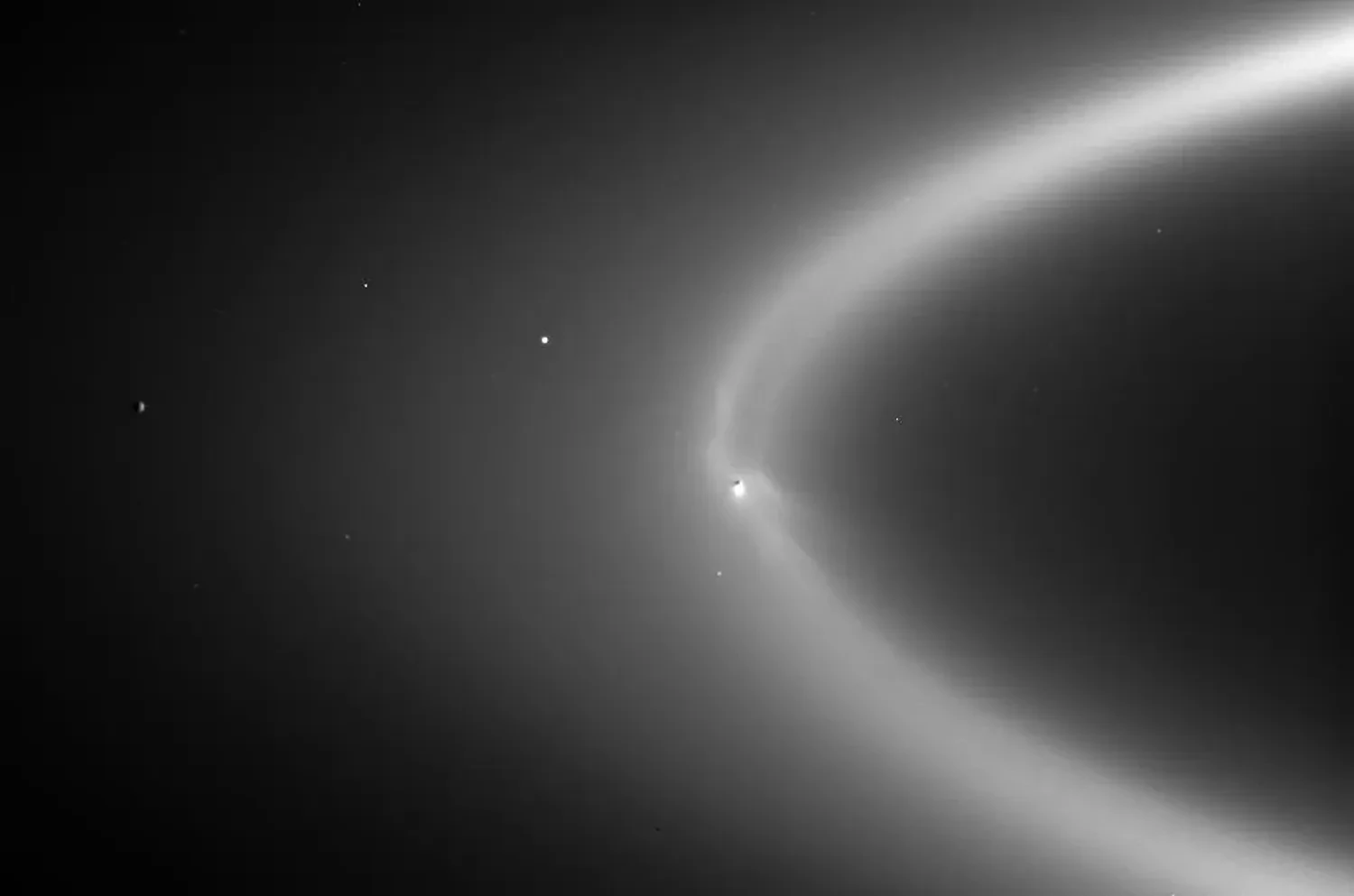Scientists have discovered complex organic molecules in the water geysers of Saturn's moon Enceladus, using data from NASA's Cassini mission. This discovery increases the likelihood that Enceladus is habitable.

Scientists have discovered complex organic molecules in the water geysers of Saturn's moon Enceladus, opening new prospects for the search for life in the Solar System. The data was obtained from the archives of NASA's Cassini mission, which ended in 2017, but research continues to yield unexpected discoveries. This is stated in an article by Space, writes UNN.
Details
A team led by Nozair Khawaja from the Free University of Berlin and the University of Stuttgart analyzed data from the Cosmic Dust Analyzer (CDA) and found organic molecules containing carbon, which are potential building blocks of life. The molecules were found in plumes of water vapor ejected from cracks on Enceladus' surface – the so-called "tiger stripes."
13 times larger than Jupiter: NASA scientists discover exoplanet in a zone where life is impossible27.09.25, 04:36 • 8926 views
It has been found that these organic substances originate precisely from the moon's subsurface ocean, and are not formed as a result of cosmic radiation, as it might have seemed earlier when analyzing particles from Saturn's E ring. Among the compounds found are aliphatic and (hetero)cyclic ethers, nitrogen-containing and oxygen-containing molecules, which on Earth participate in chains of chemical reactions leading to the formation of amino acids and other components of life.
Khawaja noted that "there are many possible pathways from the organic molecules detected in the Cassini data to potentially relevant compounds, which increases the likelihood that Enceladus is habitable."
 Saturn's E ring
Saturn's E ring
One way to definitively confirm the origin and composition of these molecules is to land on the moon and take samples of fresh ice. The European Space Agency is already considering a mission that could reach Enceladus by 2054, combining an orbiter and a lander for detailed analysis.
The results of the new analysis of Cassini data were published on October 1 in the journal Nature Astronomy. They confirm that Saturn's frozen moon remains one of the most promising places to search for signs of life in the Solar System.
VIPER rover to search for ice and other resources at the Moon's South Pole22.09.25, 10:39 • 2936 views



































